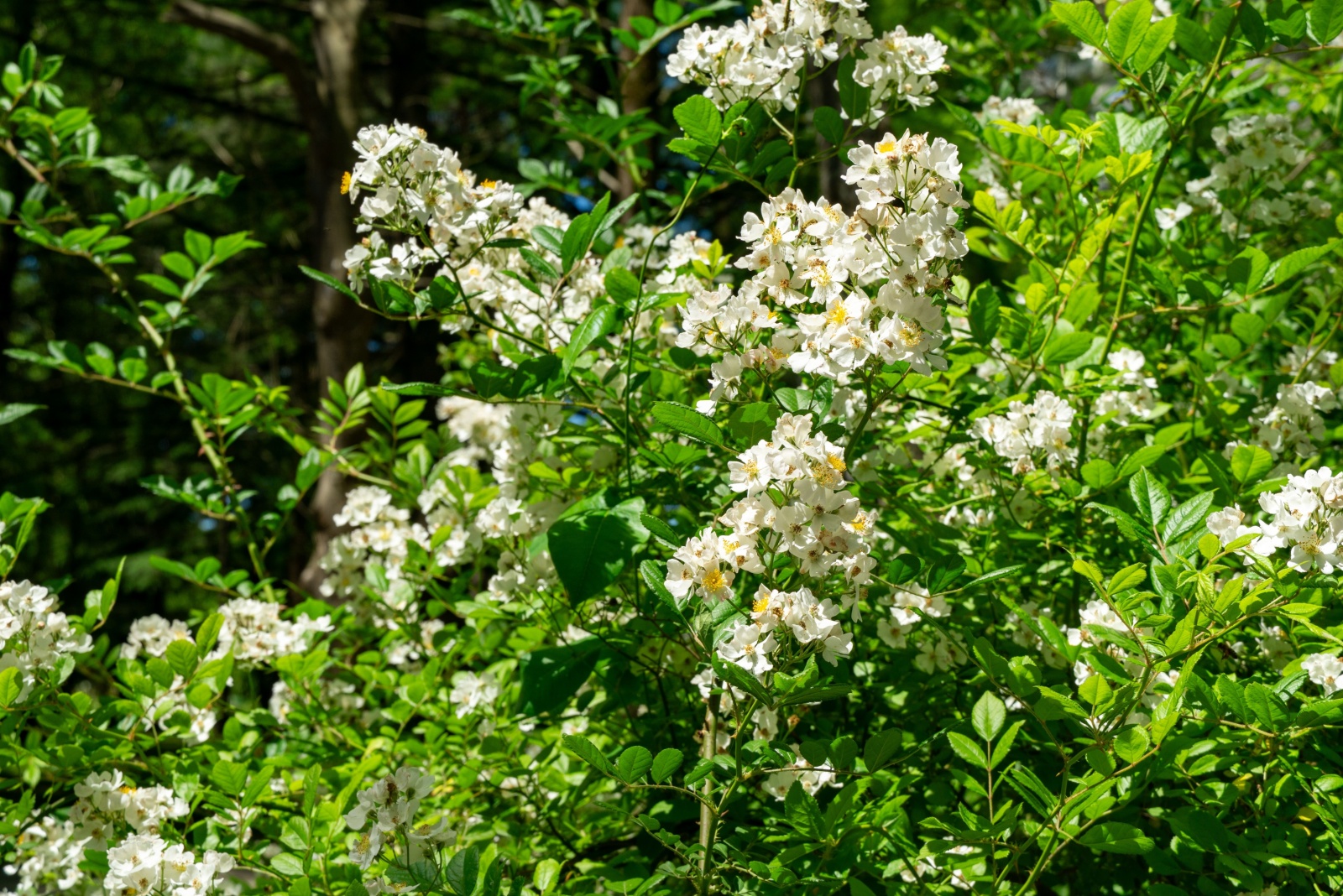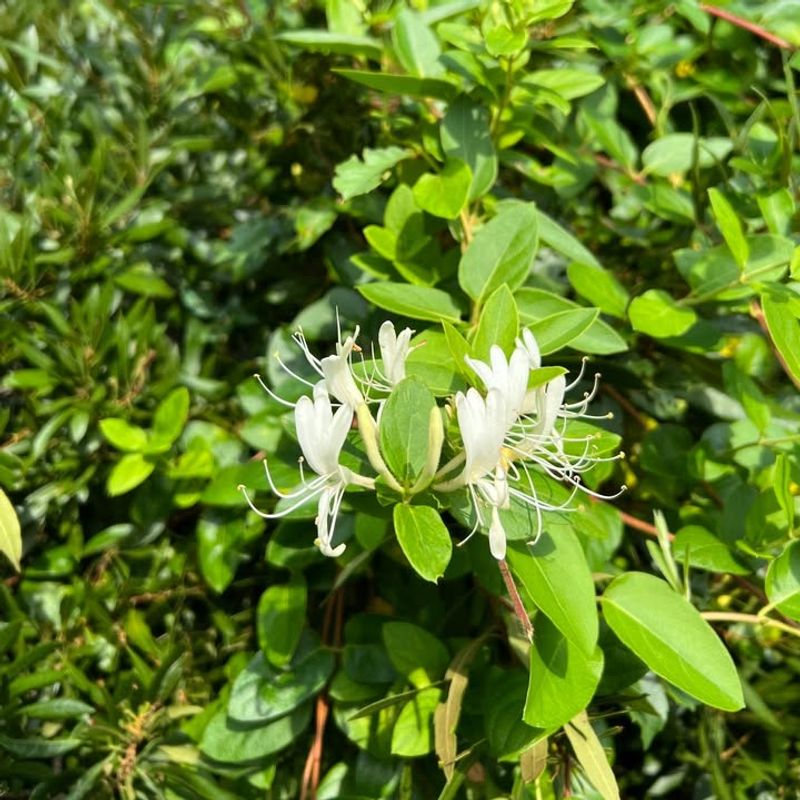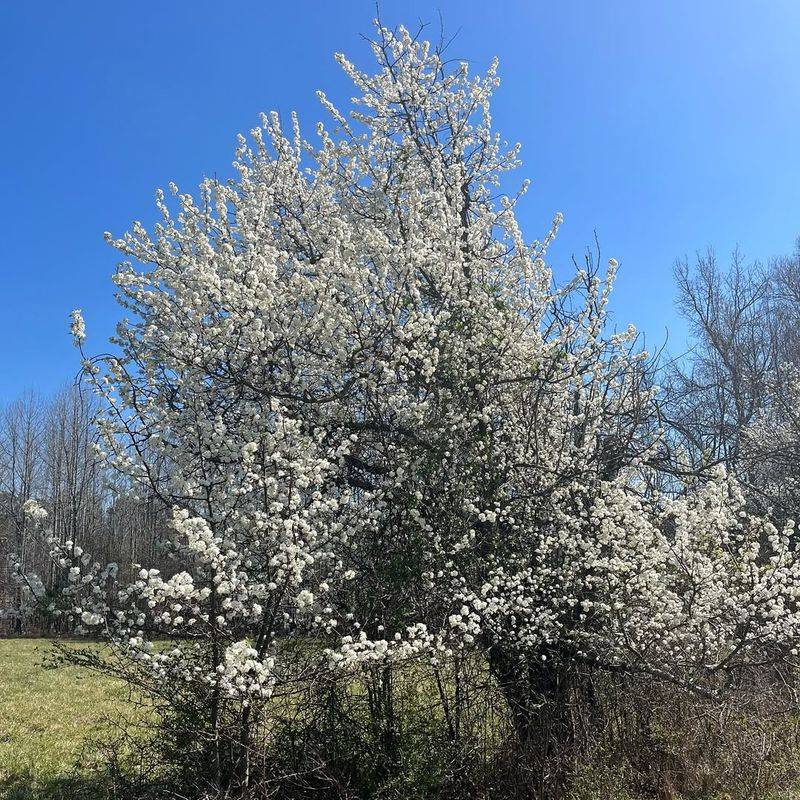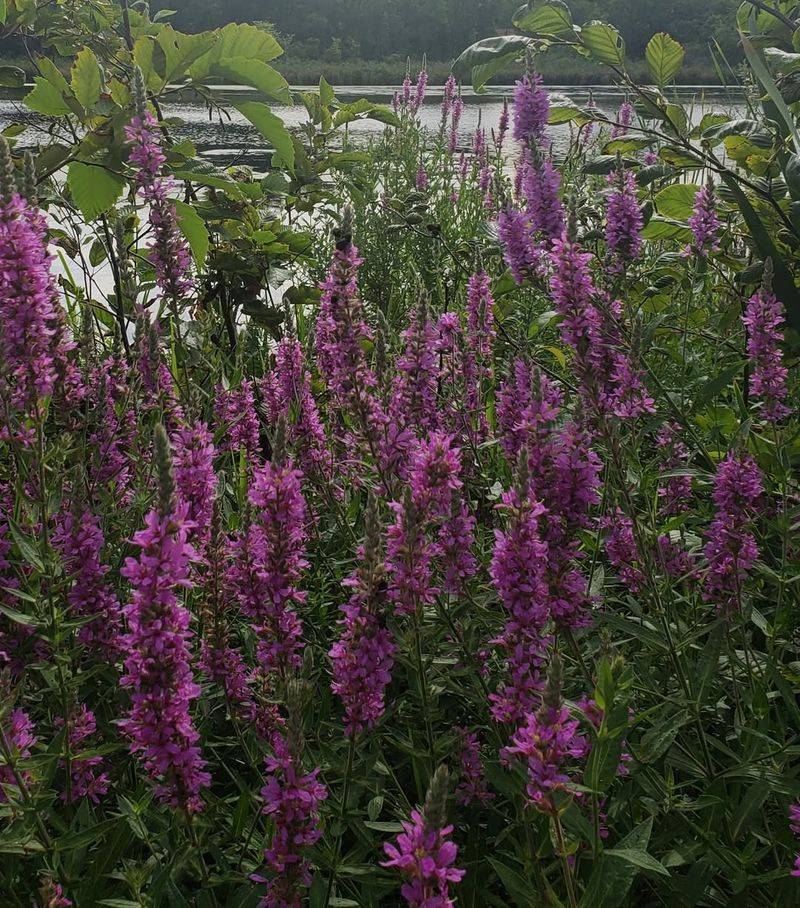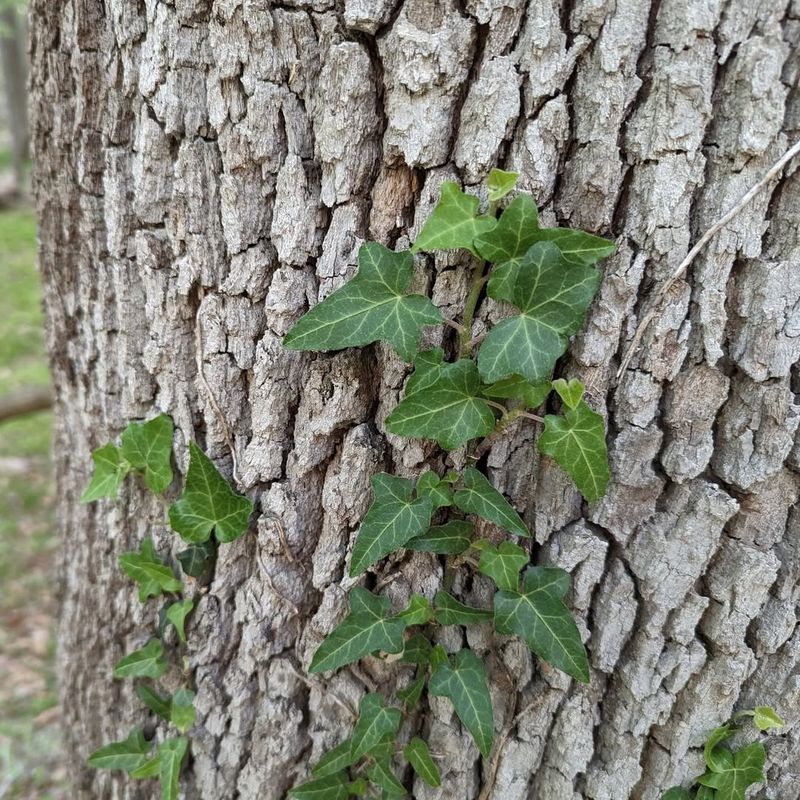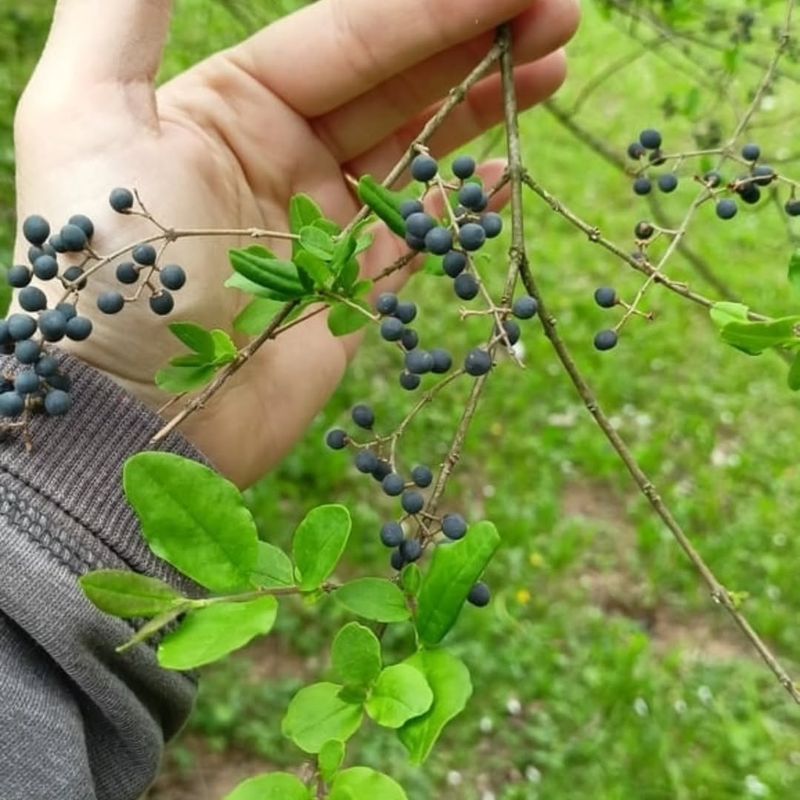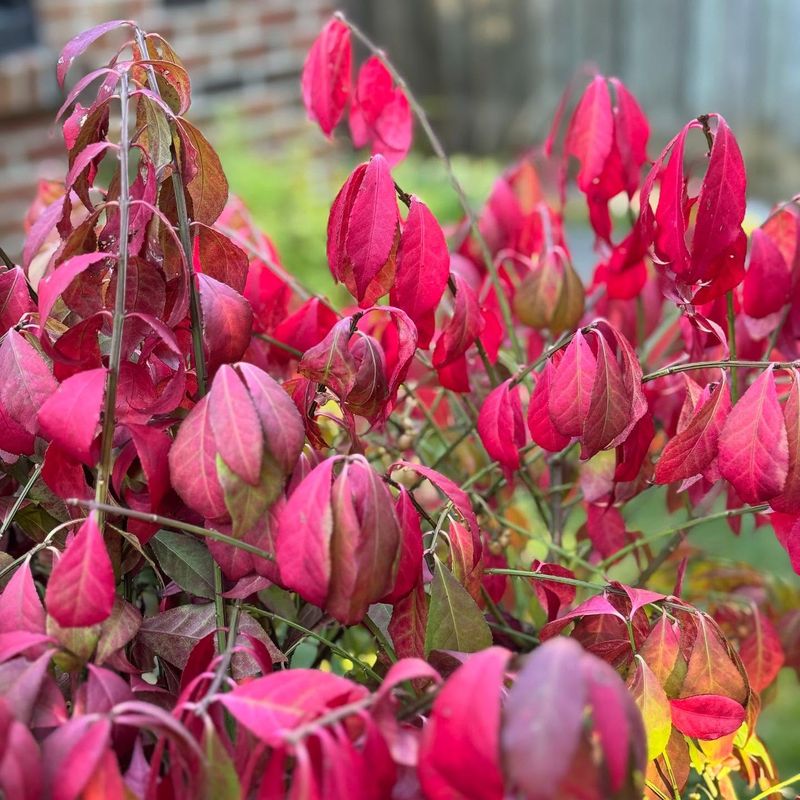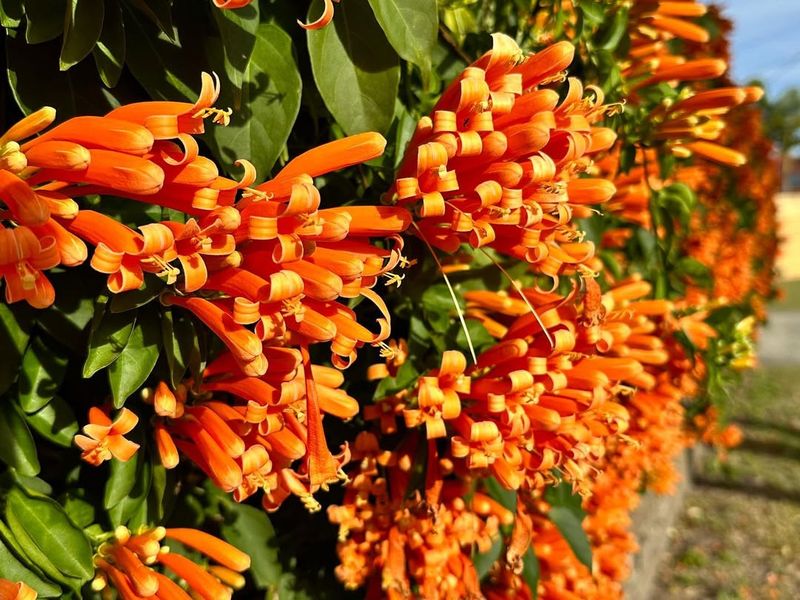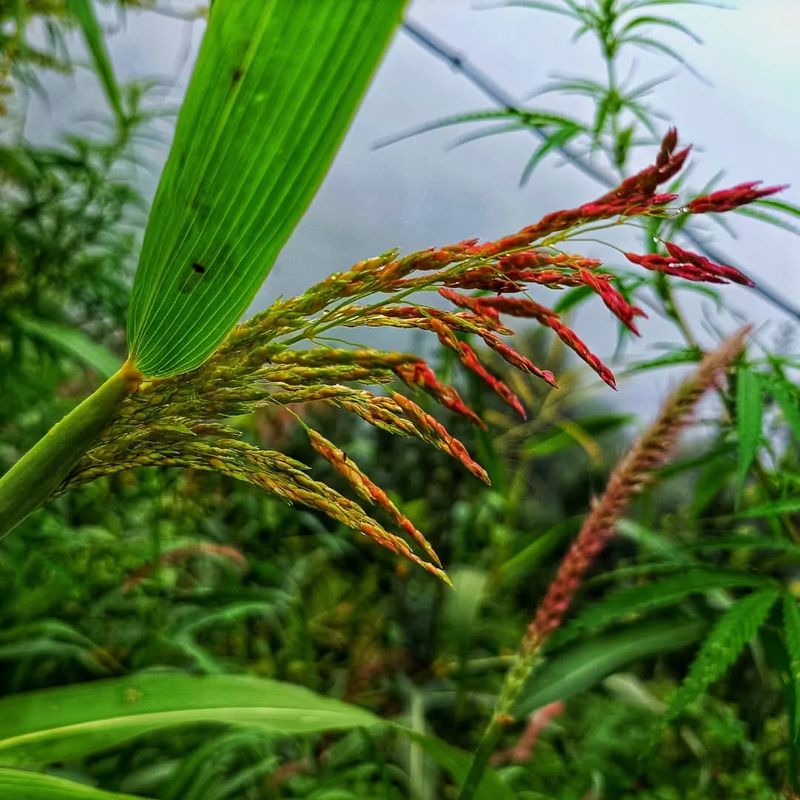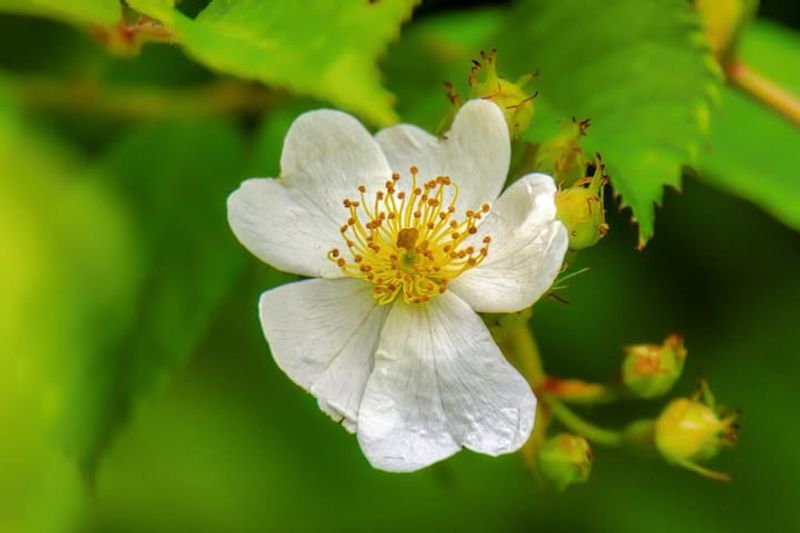Oklahoma gardeners might soon face some tough decisions about their favorite plants. State regulations are constantly evolving to protect native ecosystems from invasive species that can spread rapidly and harm local wildlife.
Some beloved garden staples could end up on the banned list, changing how we landscape our yards forever.
1. Japanese Honeysuckle
Sweet-smelling and fast-growing, Japanese honeysuckle once seemed like a dream plant for covering fences and arbors. However, its aggressive spreading habit has made it a nightmare for Oklahoma’s native forests.
This vine chokes out native plants by blocking sunlight and stealing nutrients from the soil. Wildlife suffers when diverse native plants disappear, replaced by dense honeysuckle thickets.
Many states have already banned its sale and planting, and Oklahoma may follow suit to protect natural areas.
2. Bradford Pear
Drive through any Oklahoma neighborhood in spring, and you’ll spot Bradford pears covered in white flowers. Landscapers loved these trees for decades because they grew quickly and looked beautiful.
Unfortunately, Bradford pears have a dark side. They produce thorny offspring that invade pastures and natural areas, crowding out native species.
Their branches break easily during storms, creating hazards. Several states now prohibit selling them, and Oklahoma officials are considering similar restrictions to prevent further ecological damage.
3. Purple Loosestrife
With stunning purple spikes that brighten any garden, purple loosestrife seems innocent enough. A single plant, though, can produce millions of seeds annually, turning wetlands into purple monocultures.
Oklahoma’s precious wetland habitats face serious threats from this aggressive invader. Native cattails, sedges, and water-loving plants get pushed out, leaving waterfowl and other wildlife without proper food sources.
Controlling established populations costs millions of dollars each year, prompting lawmakers to consider outlawing this pretty but problematic perennial.
4. English Ivy
Gardeners appreciate English ivy for its evergreen leaves and ability to cover bare ground quickly. That same vigorous growth makes it dangerous for Oklahoma’s forests and natural spaces.
Climbing high into trees, ivy adds weight that causes branches to break during ice storms. It also blocks sunlight from reaching tree bark, weakening the host plant over time.
Ground-level ivy carpets prevent native wildflowers from sprouting. Environmental experts worry about its impact enough to recommend banning future plantings throughout the state.
5. Chinese Privet
Homeowners once planted Chinese privet as a fast-growing privacy hedge that required little maintenance. Nobody predicted how thoroughly it would escape gardens and dominate Oklahoma woodlands.
Dense privet thickets create dark understories where native plants cannot survive. Birds eat the berries and spread seeds far and wide, accelerating the invasion.
Land managers spend countless hours cutting and treating privet to restore native habitats. Oklahoma may join other states in prohibiting this shrub to prevent additional infestations and protect biodiversity.
6. Burning Bush
Brilliant crimson leaves make burning bush a fall favorite for many Oklahoma gardeners. Nurseries have sold millions of these shrubs for their reliable autumn color display.
Recent research reveals burning bush readily escapes cultivation and invades natural areas. Seeds spread easily, and the shrubs tolerate various soil conditions, allowing rapid colonization of forests and prairies.
Native plants that provide better wildlife value get displaced. Conservation groups have pushed for sales restrictions, and state officials are evaluating whether burning bush deserves a spot on the prohibited list.
7. Bamboo
Exotic and architectural, bamboo creates instant privacy screens and tropical vibes in Oklahoma gardens. Running bamboo varieties, however, become unstoppable once established in the landscape.
Underground rhizomes spread aggressively, popping up in neighbors’ yards and cracking through driveways and foundations. Removing bamboo often requires professional help and years of persistent effort.
While clumping varieties stay contained, many gardeners accidentally plant running types. Oklahoma lawmakers are weighing restrictions on bamboo sales to prevent property damage and neighborly disputes caused by rampant growth.
8. Trumpet Vine
Hummingbirds flock to trumpet vine’s vibrant orange flowers, delighting bird lovers across Oklahoma. Behind that beauty lurks a plant with seriously aggressive tendencies that frustrate gardeners.
Trumpet vine sends underground runners in all directions, sprouting new plants far from the original location. It climbs onto houses, pulls down gutters, and damages siding with adhesive rootlets.
Eradicating trumpet vine takes years of digging and herbicide applications. Some communities have already restricted its planting, and statewide regulations may follow to spare future homeowners from this persistent pest.
9. Johnson Grass
Farmers and ranchers consider Johnson grass public enemy number one across Oklahoma. Originally introduced as a forage crop, it quickly proved more curse than blessing for agriculture.
Spreading through seeds and rhizomes, Johnson grass infests pastures, croplands, and roadsides. It outcompetes desirable forage plants and can be toxic to livestock under certain conditions.
Control costs Oklahoma farmers millions annually. While already regulated in agricultural contexts, complete prohibitions on planting or selling Johnson grass may extend to residential settings to prevent further spread of this troublesome species.
10. Multiflora Rose
Fragrant white blooms covering multiflora rose bushes look charming in early summer. Those innocent flowers produce thousands of seeds that birds distribute across Oklahoma’s countryside.
Dense, thorny thickets form impenetrable barriers in pastures and natural areas. Cattle and wildlife get injured on the vicious thorns, and native plants disappear beneath the spreading canes.
Conservationists have battled multiflora rose for decades with limited success. State officials are considering stronger regulations, including sales bans, to prevent new infestations and protect Oklahoma’s rangelands from this prickly invader.

